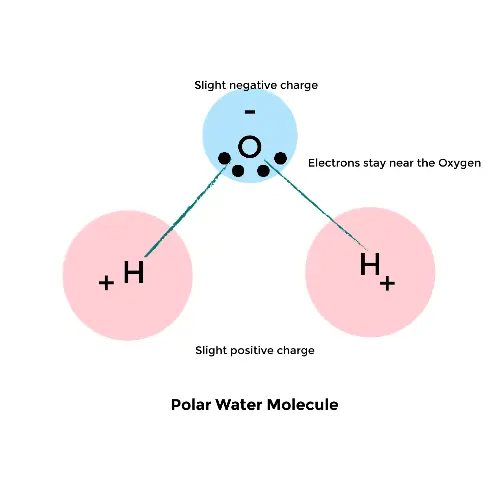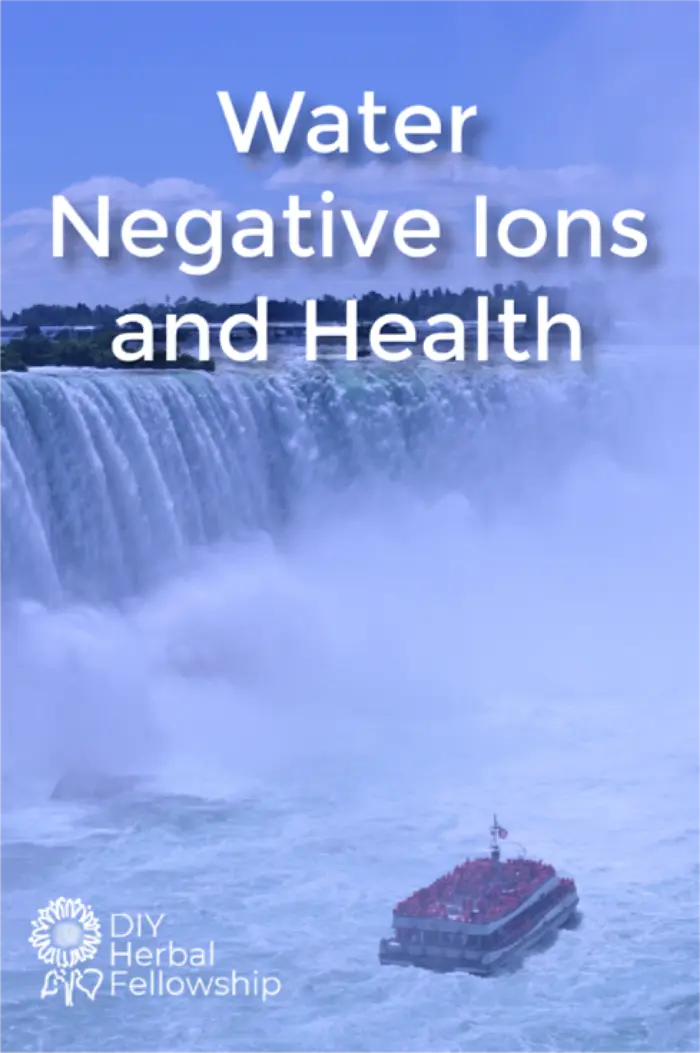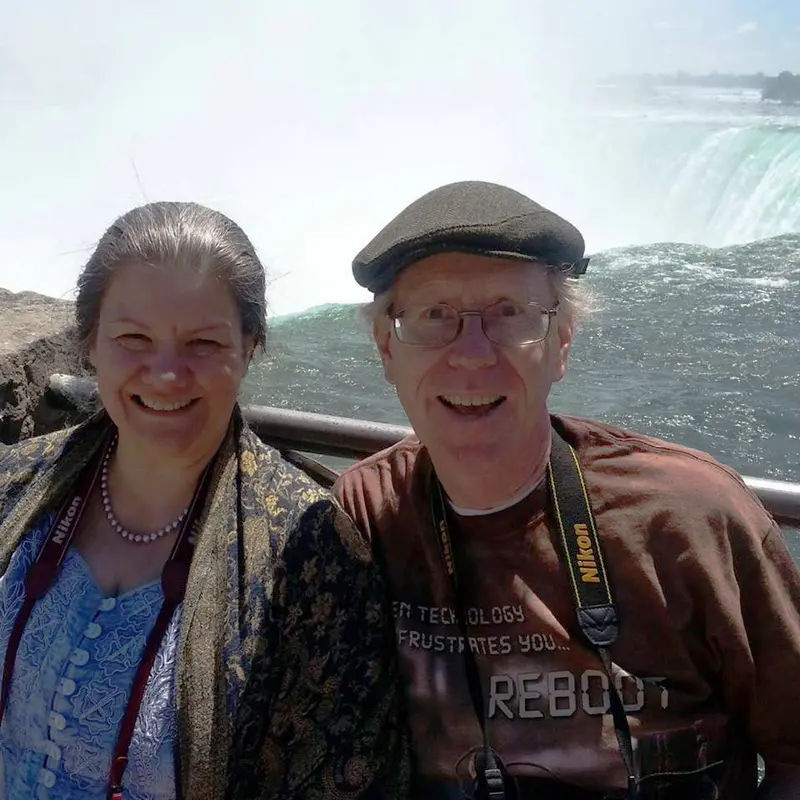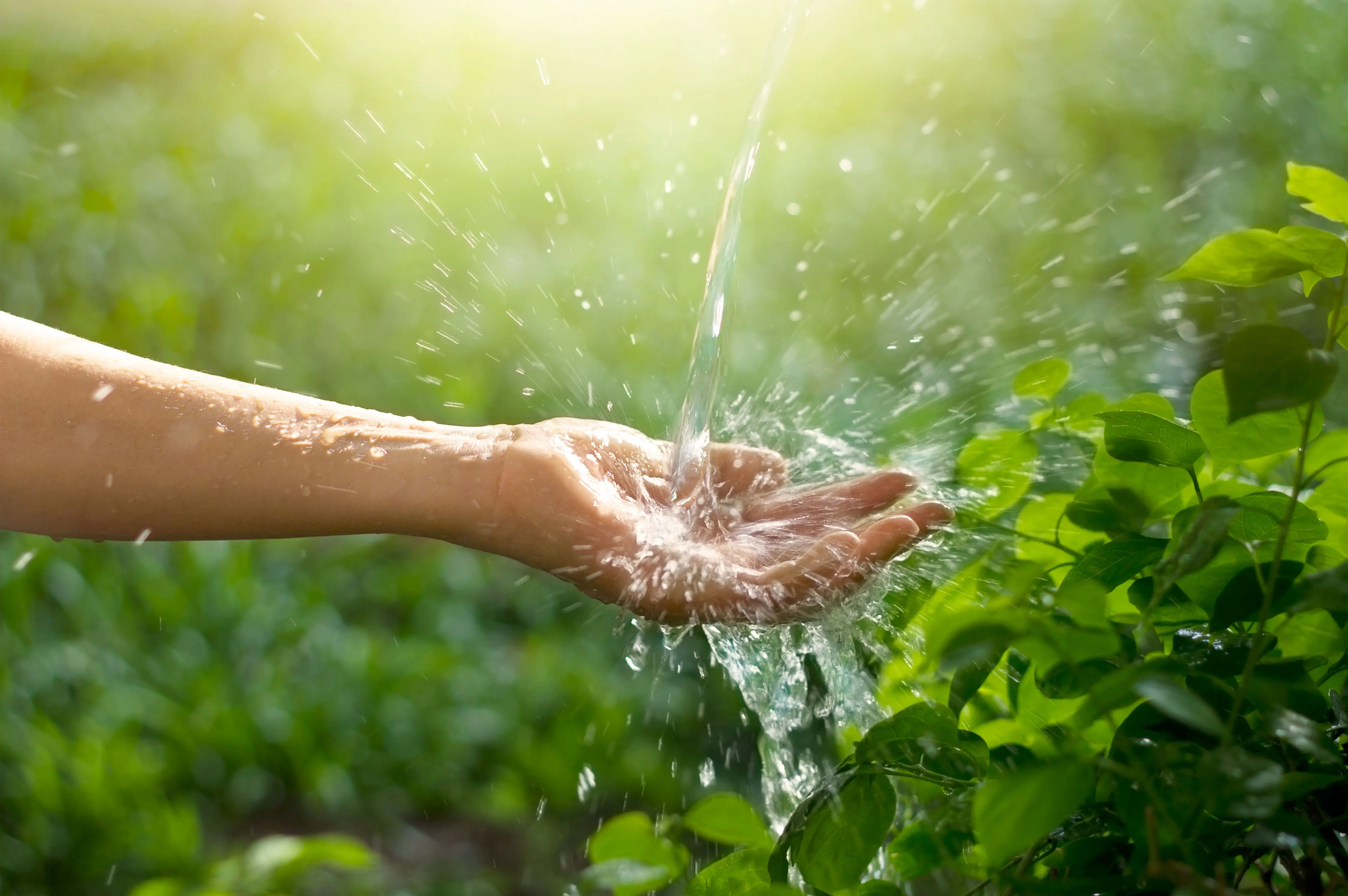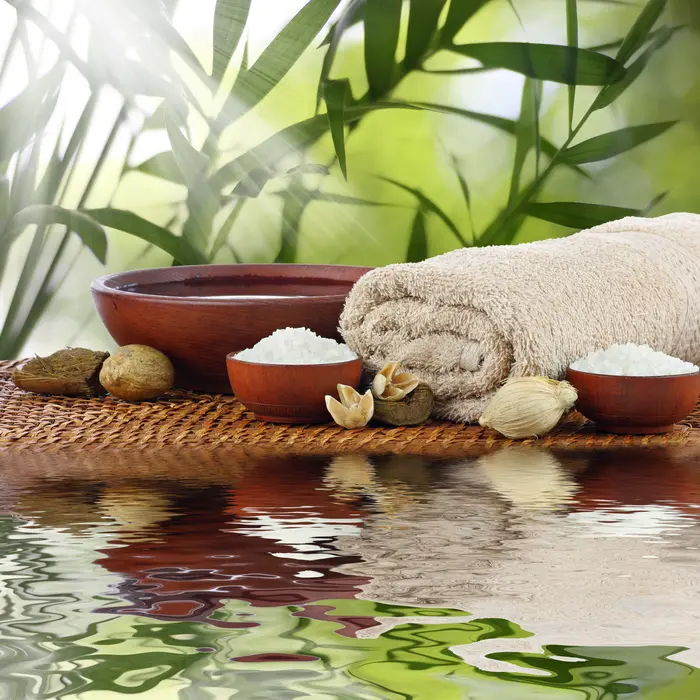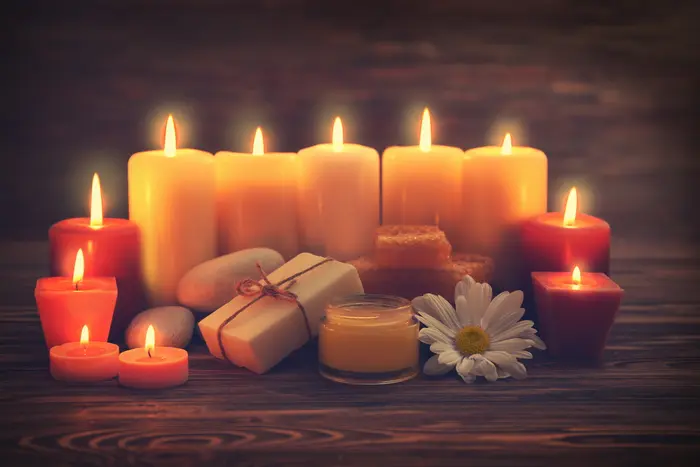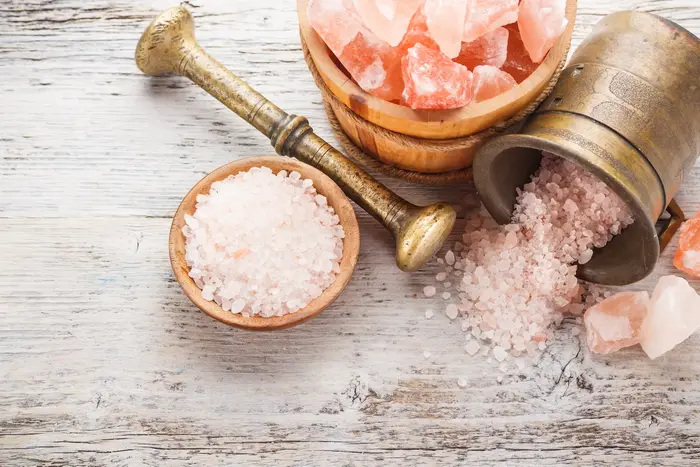 Water molecules
Water molecules
Di-hydrogen oxide or H2O is the chemical name for water. The water molecule is made up of 2 hydrogen atoms and 1 oxygen atom.
Most atoms are made up of neutrons, protons, and electrons. The protons carry a positive charge. The electrons carry a negative charge.
A hydrogen atom, however contains one electron and one proton but no neutron. The hydrogen atom is the only atom without a neutron. A water molecule, H2O, has two hydrogen atoms and a single oxygen atom. The oxygen atom has a slight negative charge and the hydrogen atoms have a slight positive charge.
In a water molecule the electron from both the hydrogen and oxygen atoms gather nearer the oxygen atom. The unequal sharing of electrons gives the water molecule a slight negative charge near its oxygen atom and a slight positive charge near its hydrogen atoms. When a neutral molecule has a positive area at one end and a negative area at the other, it is a polar molecule.
This unequal sharing of electrons, called the “hydrogen bond” is what creates the surface tension in water. The slight positive charge at the oxygen side of one water molecule connects with the slight negative charge at the hydrogen side of other water molecules. Water is more attracted to other water molecules than it is attracted to the other surfaces, and this creates surface tension.
What is an ion?
An ion is an atom or molecule that has gained or lost an electron. Ions occur naturally as air molecules break apart due to sunlight, radiation, and moving air and water. Negative ions have a negative charge because they have gained an extra electron. A cation is a positively charged ion, one that has lost an electron. These particles are in the air we breathe and can enter the body through the lungs. Positive ions or cations are most often found near electrical equipment, computers, cell phones, and petrochemicals. They can have a negative, depleting effect on the body, making you feel drained and tired.
On the other hand, negative ions, the ions with an extra electron, make us feel better, elevate our mood, increase alertness, decrease drowsiness, reduce stress, alleviate depression and purify the air we breathe. They trigger our body to release serotonin, the “happy” neurotransmitter. Negative ions remove germs and bacteria from the air and reduce irritation and inflammation in the lungs, eyes, nose, and throat.
Polluted air is filled with cations – positively charged particles. When negative ions encounter cations – they “clean” them up by giving up their extra electron which neutralizes the positive charge. Viruses, bacteria, air pollution all have positive charges. Negative ions help to clean them up. When the air we breathe has more negative ions, than cations or neutral particles, we experience this as a clean fresh, smell and uplifted mood.
We noticed this first hand at Niagara Falls. Along the Falls View street there was a lot of buses with diesel exhaust. The air was thick with it along the walkway between the American Falls and the Horseshoe Falls. But as we neared the Horseshoe Falls the air changed. We smelled the “sea breeze”, the smell that you get when you are near tidal waters and pounding surf. The mist was rising from the bottom of the falls to the height of the side walk and higher. That mist was filled with negative ions. The air was clean and fresh. Even the people were more friendly and talkative near the Horseshoe Falls.
Scientific studies show that Niagara Falls is one of the largest negative ion generators in the world. It has a healthy negative ion count that exceeds 100,000 negative ions per cubic centimeter. (“The Ion Effect” by Fred Soyka)These negative ions give people who visit Niagara increased energy, refreshment, and elevated mood.
But you don’t have to travel to Niagara Falls to experience the negative ion effect. You’ll find it in near any water fall, but also in a forest, under the trees, near a brook, on an ocean beach, in a rain storm, in a thunder storm, digging in moist dirt, and even on the beach by the Dead Sea. It also occurs at a salt spring or geyser. Pretty much anywhere that there is moving water, salt water, transpiring leaves, or thunder and lightning.
The Japanese concept of Forest Bathing
The Japanese have a healing practice called “forest bathing”, spending time each day surrounded by trees and breathing in the moist, fresh forest air. This forest air is charged with negative ions and increases the positive feelings in humans. It has an even greater effect though, than just “feel good” feelings. The negatively charged ions enter the body through the lungs. These negative ions clean up free radical damage in the body, healing and restoring health, reducing stress, and elevating mood.
The effect is especially powerful for the lungs, but it also is beneficial for the heart, the circulation, in fact every process in the body. Negative ions trigger the parasympathetic nervous system, decreasing stress and invigorating the rest and digest processes of the body.
The negative ion generator already in your home
So could you just stand in the shower and experience negative ions? Well, that depends. If your water is treated with chlorine and ammonia the positively charged particles from the chlorine may neutralize the negative ions and negate the effect. But if you are blessed with natural spring water, then yes, you will have a cascade of negative ions coming out of your shower head. You just need to turn on the tap.
Your Dead Sea salt bath is also rich in negative ions, and these can enter the air if your bath is hot enough to steam up the bathroom.
Essential oils that can increase the negative ions in the air
Essential oils that carry a positive charge include essential oils that are made up mostly of monoterpenes, hydrocarbons, terpenes, alcohols, oxides, acids, and phenols. These positively charged essential oils are rousing to the immune system, warming, and anti-infectious. They inhibit bacterial growth or kill bacteria on contact.
But there are also essential oils that carry a negative charge. These essential oils are made up mostly of esters, sesquiterpenes, aldehydes, coumarins, lactones, and ketones. (Remember we talked about coumarins when we talked about sun-safe essential oils — these were mostly found in citrus essential oils? Here’s another aspect that we didn’t talk about last time.) These negatively charged essential oils are mood elevating, calming, cooling, and anti-inflammatory.
Diffusing one of these oils in a cool mist diffuser in the home can increase the negative ions in indoor air. As we’ve already noted, negative ions reduce stress and help us feel invigorated, refreshed and energized, improving performance of voluntary movement, increasing work capacity and sharpening mental functioning. They also relieve pain, reduce inflammation, improve digestion, and reduce stress. If you feel tired and drained while working at the computer in the afternoon, infusing one of these essential oils can reduce the positive ions in the air and give you that “second wind”.
Citrus oils: Bergamot, citronella, grapefruit, lemon, lemon grass, mandarin, sweet orange, lemon verbena, lemon balm
Woodsy oils: Cedarwood, Eucalyptus citriodora, sandalwood
Flowery oils: Lavender, lavandin, rose, patchouli, rosemary, peppermint
Beeswax candles and negative ions
Beeswax is a unique candle wax that gives off negative ions when it is burned. We have burned beeswax intentionally when other paraffin candles are lit, to cancel soot and indoor pollution caused by the paraffin candles. Burning beeswax candles helps to increase the negative ions in indoor air.
Himalayan Salt Lamps
Himalayan salt lamps are advertised as negative ion generators. The negative ions surrounding Himalayan salt lamps can be measured, however the effect is limited to the area immediately surrounding the warmed salt. Using an electric fan to move the air around the salt lamps into a room, can negate the effect of the negative ions. If you use a Himalayan salt lamp, it’s best to sit in a chair next to the lamp to be exposed to any gain in negative ions that the lamps produce.
Note that Himalayan salt lamps should be kept away from pets. Cats and dogs may lick the salt lamps and overdose on the salt causing kidney failure.
Are negative ions safe?
Naturally occurring negative ions are safe for all age groups and for pregnant and nursing mothers.
Can you get too many negative ions?
It’s impossible to overdose on naturally occurring negative ions. However if you are feeling too euphoric, adding a positively charged essential oil can bring balance. It’s not that all positive ions are bad and all negative ions are good. A negative ion, one that has an extra electron, wants to give up its electron. If there is a positively charged particle nearby, the negative ion is naturally attracted to it. Opposites attract.
If you are feeling drowsy and lethargic a shower may be just as beneficial as a walk in the park.
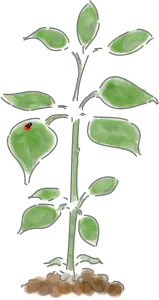 Water molecules
Water molecules